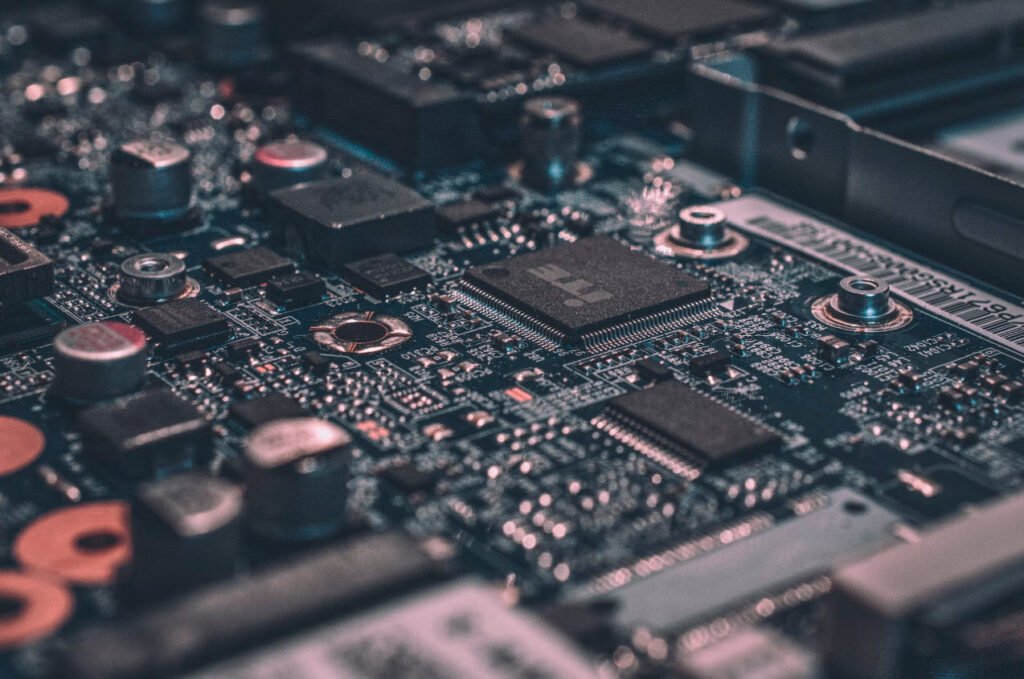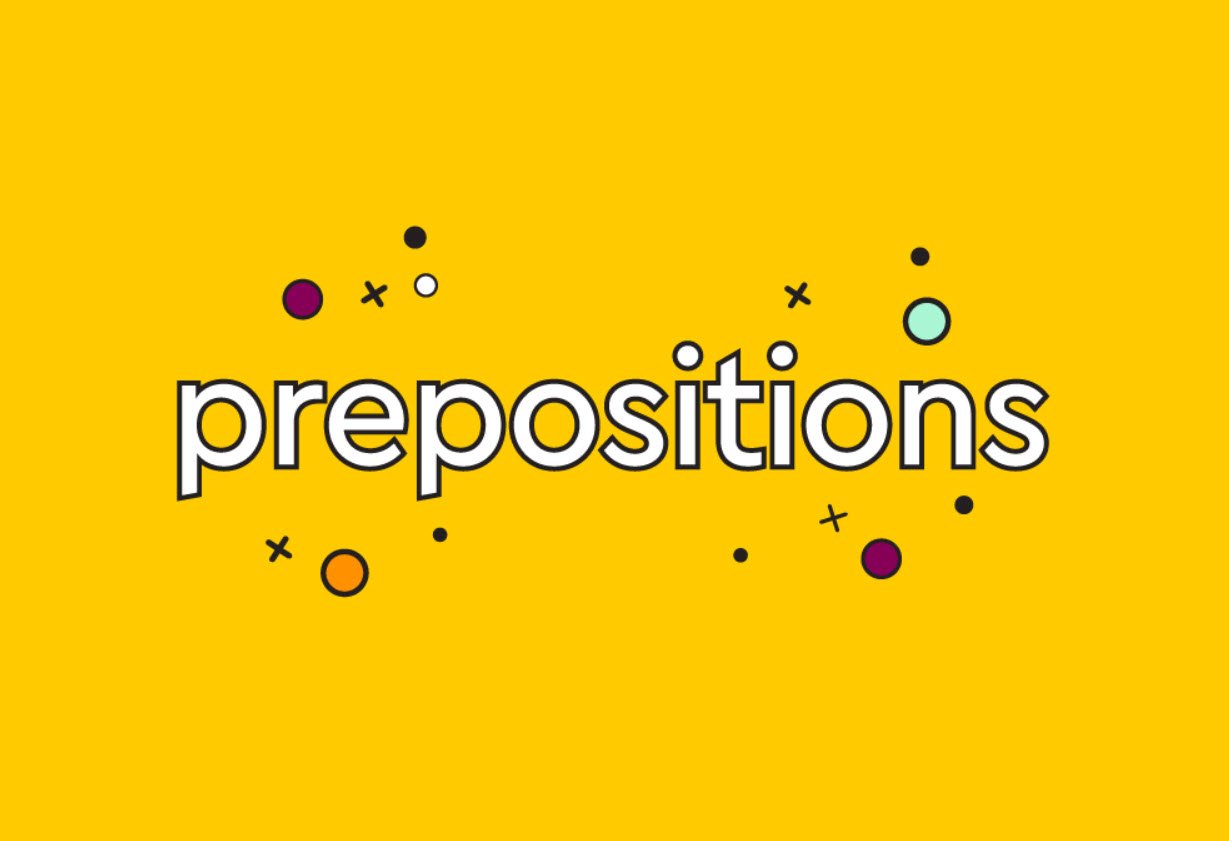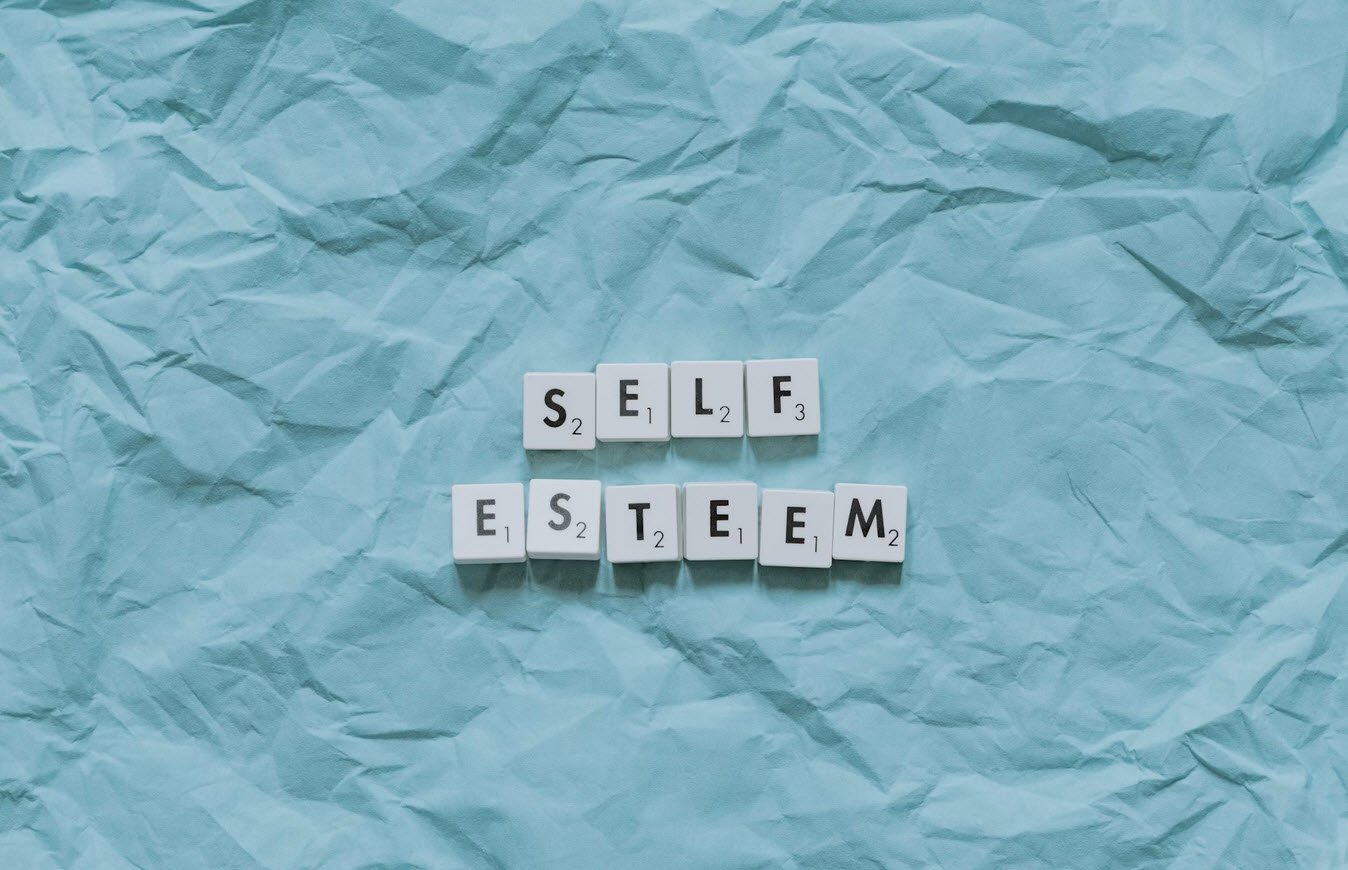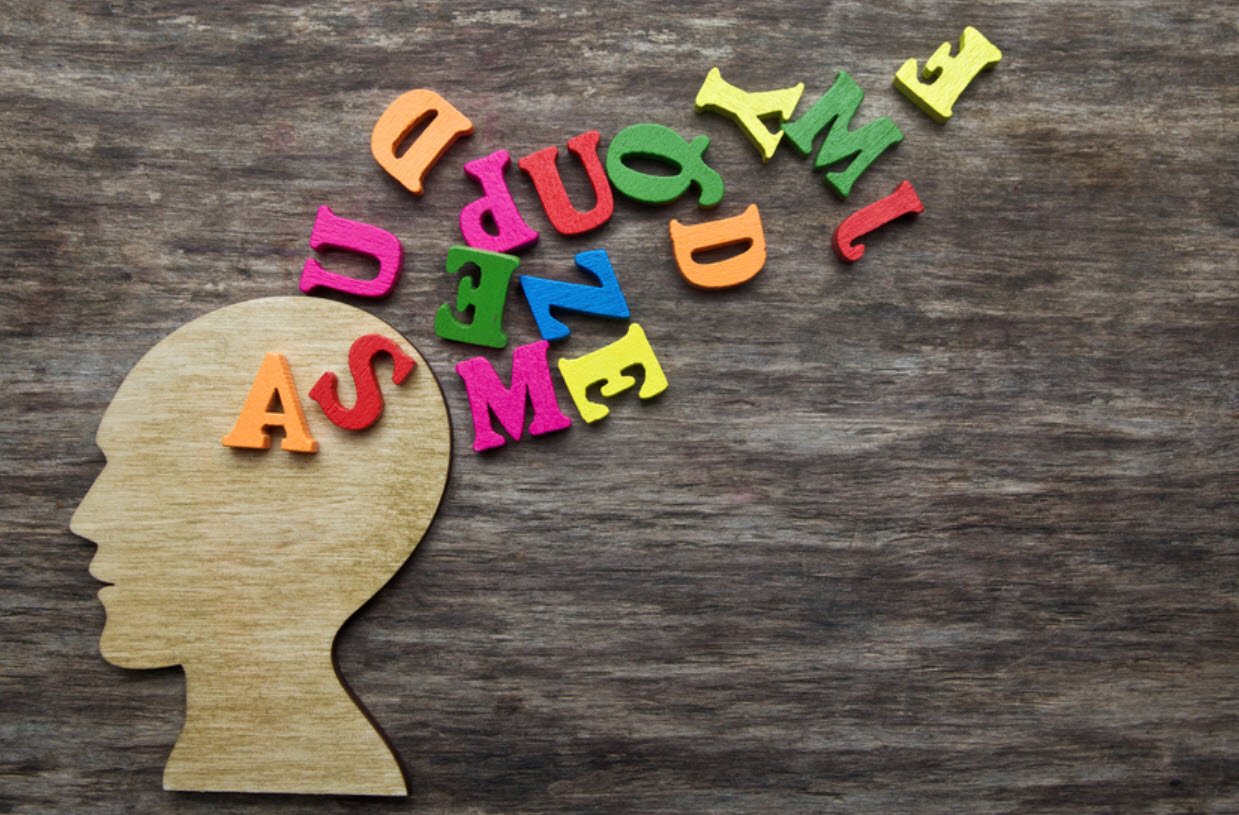
The TOEIC (Test of English for International Communication) is an English language proficiency test designed to assess the English language skills of non-native speakers in a business or professional context. The test is widely used by organizations around the world to evaluate the English language skills of job candidates, employees, and students.
The TOEIC test consists of two parts: the TOEIC Listening and Reading Test and the TOEIC Speaking and Writing Test. The TOEIC Listening and Reading Test is a paper-and-pencil test that consists of multiple-choice questions, while the TOEIC Speaking and Writing Test is a computer-based test that consists of spoken and written responses to prompts.
The test is designed to measure a wide range of English language skills, including listening comprehension, reading comprehension, speaking ability, and writing ability. Overall, the TOEIC is a widely recognized and respected English language proficiency test that is used by organizations around the world to evaluate the English language skills of non-native speakers.
Q&A Topic: Basic Electronics
Electronics refers to the branch of technology that deals with the design, development, and use of devices and systems that utilize the flow of electrons in circuits and devices to perform various tasks.
It involves the use of semiconductors, resistors, capacitors, diodes, transistors, and other components to build a wide range of electronic devices and systems such as computers, smartphones, televisions, and more. Basic electronics covers the fundamentals of electrical circuits, including Ohm’s Law, Kirchhoff’s Laws, and circuit analysis techniques.
Here are some questions that can help you to clear the TOEIC exam:
Q1 Electronics is the study and utilization of systems that function by guiding electron flow in _____________ such as semiconductors.
(a) contrivances
(b) devices
(c) pieces
(d) servers
Answer: (b) devices
Q2 Designing and building electronic circuits to solve _____________ problems is the mandate of electronics engineering.
(a) parallel
(b) practical
(c) partial
(d) production
Answer: (b) practical
Q3 Research into innovative semiconductor technology and applications is considered a _____________ of physics.
(a) branch
(b) responsibility
(c) segment
(d) subsidiary
Answer: (a) branch
Q4 Electronic circuits are mainly used to control, process and distribute information, and for the _____________ and distribution of electric power.
(a) commutation
(b) contamination
(c) conversation
(d) conversion
Answer: (d) conversion
Q5 These two purposes rely on the creation and detection of electromagnetic _____________ and electrical currents.
(a) fields
(b) floors
(c) grounds
(d) surfaces
Answer: (a) fields
Q6 The rapid modern advancement of electronics began in _____________ with the introduction of the radio.
(a) earnest
(b) enthusiasm
(c) secret
(d) sincerity
Answer: (a) earnest
Q7 There are three divisions to an electronics system, an example of which is a television _____________.
(a) box
(b) case
(c) kit
(d) set
Answer: (d) set
Q8 First, the input is a broadcast signal either received by its antenna or _____________ in through a cable.
(a) cued
(b) fed
(c) led
(d) sped
Answer: (b) fed
Q9 Second, processing circuits inside the TV _____________ the brightness, colour and audio data from this signal.
(a) contract
(b) detract
(c) extract
(d) retract
Answer: (c) extract
Q10 Third and last, its output apparatus, a cathode ray tube, changes the electronic signals into a _____________ image on its screen.
(a) vague
(b) valuable
(c) viable
(d) visible
Answer: (d) visible
You may also like:- 200 Essential Questions for Practicing One-Word Prepositions (With Answers)
- Understanding Nouns – The Five Types and Their Uses
- Top 9 Essential Tips To Help You Speak Clearly and Confidently
- Commonly Confused Words – A Guide to Clarifying Misused Terms
- Similar Words with Different Meanings – A Guide to Avoiding Common Confusion
- Learning French Nouns in Foreign Language Training
- How to Understand Basic Spanish – A Beginner’s Guide
- An Idiomatic Approach to Workplace Language – Solve the Exercise
- Mastering Prepositions – Practical Sentence Completion Exercise
- Mastering Common UK Abbreviations – A Practical Exercise








